A Little-Visited Corner of Southeast Europe
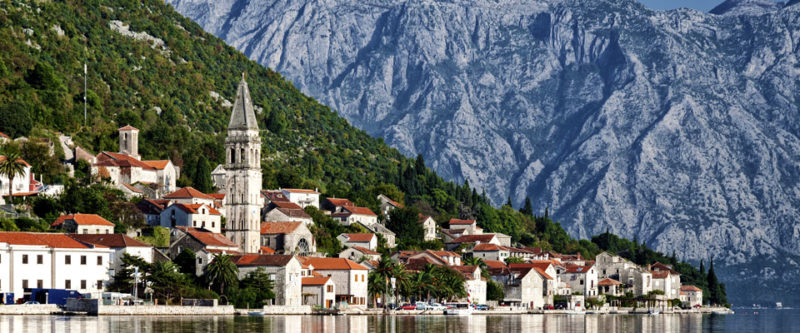
Bay of Kotor, Montenegro
Under-the-radar, poorly understood and often maligned, much of the Western Balkans—the former Yugoslavia and Albania—has remained absent from most travelers’ radar long after the dust has settled from turbulent times in the 1990s. Strategically wedged between Austria and Hungary in the north and Greece in the south, the region often feels stuck in time and isolated from the rest of Europe, where the occasional horse-drawn cart and old-time ways can still be seen in its agricultural and stunningly scenic backwaters.
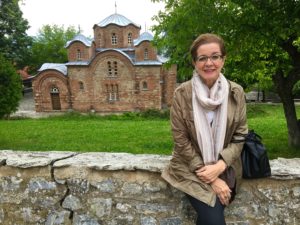
Patricia in Skopje, Macedonia
Yet there is also much that is abuzz, with a bevy of small capital cities whose cultural and nighttime scenes thrive and even flourish. A drive along the glistening Adriatic shore reveals long stretches of unspoiled and (for the moment) undeveloped coastline where a growing number of celebrity-magnet hot spots foretell the future.
But there is still time to visit this ancient crossroads between Byzantium and Western Europe before everyone else does. Balkan hospitality is legendary and travelers can safely explore its dramatic interior and abundance of history.
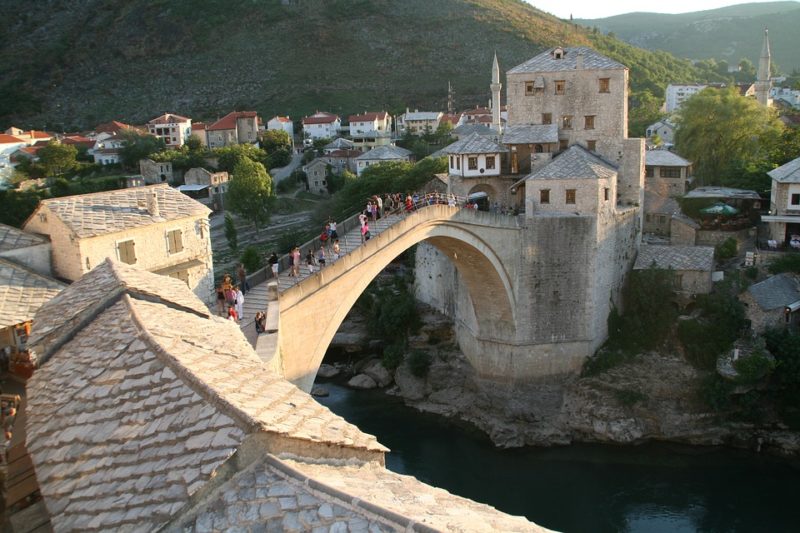
Mostar, Bosnia and Herzegovina
I traveled with a small group organized by Seattle-based MIR Corporation, meeting up in Belgrade, the capital city of Serbia and one-time capital of a united Yugoslavia, and eventually visiting 7 Balkan countries in 16 days: Serbia, Bosnia and Herzegovina, Croatia (a token stop in the can’t-miss city of Dubrovnik), Montenegro, Kosovo, the Republic of Macedonia and Albania. For many, these are only names pulled from the headlines during a time of dictatorial regimes and political upheaval.

Belgrade, Serbia
Our introduction to this corner of the Balkans was Belgrade, which has long been one of the largest, most important, and most vibrant cities in Southeast Europe, and has more recently become a favorite for its youthful energy and optimism. Although it is not a pretty city, the “White City” enjoys an enviable location at the confluence of the Danube, which continues on its way east to the Black Sea, and the Sava river. Belgrade’s ample riverfront is home to docked party boats that are a summertime draw for millennial travelers and gentrifying neighborhoods that are filled with galleries, hip bars and outdoor eateries. Nearby the ambitious Belgrade Waterfront remains a work in progress.
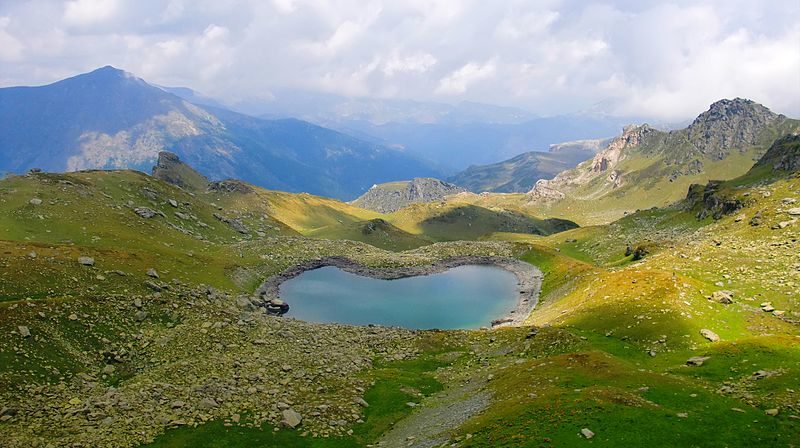
Heart Lake, Kosovo
After days filled with architecture and history, the dramatic and unspoiled countryside of the Balkans was both unexpected and soothing to the eye. Long drives through deep valleys, spruce and cypress forests, and untouched wilderness—all in the shadow of high peaks and along rushing streams—was balm for the soul.
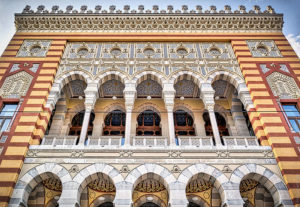
Sarajevo, Bosnia and Herzegovina
Sarajevo, the capital city of neighboring Bosnia and Herzegovina, was once ruled by the Ottomans who took over much of the peninsula in the 15th century. But it belonged to the Austro-Hungarian Empire in 1914, when Archduke Franz Ferdinand was assassinated here, triggering World War I. However, as we slowly made our way through rush-hour traffic to the city’s center, there was a more recent chapter of the city on view: blocks of apartment buildings that remained scarred from a siege in the mid-1990s when Bosnian Serb forces destroyed much of the city and left thousands dead.
On a sunny day in Sarajevo, that dark moment can feel like light years away. Old Sarajevo exudes a beguiling mix of East-meets-West and can feel very evocative of Istanbul—not surprising since it was the second most important city outside of Istanbul during the time of Ottoman rule.
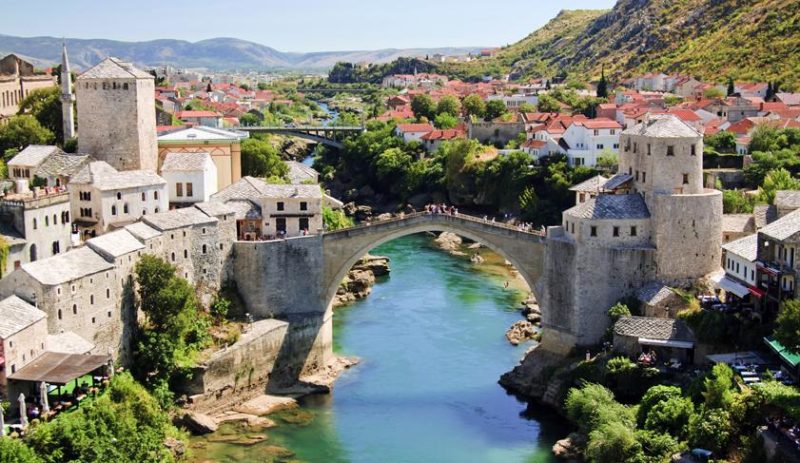
Mostar, Bosnia and Herzegovina
It’s an easy 2-hour drive through more beautiful rolling and largely agricultural countryside to Mostar, the country’s other undeniable drawing card. Everyone is here to see the single-span Old Bridge (Stari Most), commissioned by Suleiman the Magnificent in 1557 and one of the most significant examples of Ottoman architecture in the Balkans. Sadly it is a reconstruction, albeit a beautiful one, as the original was bombed in 1993 by Bosnian Croat forces, together along with most of the surrounding Old Town.
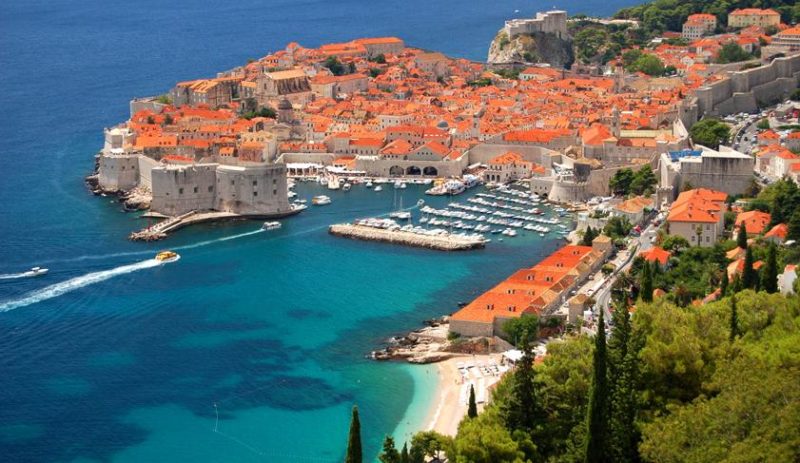
Dubrovnik, Croatia
Croatia is the only Balkan country that has been enticing American visitors as a stand-alone destination, and Dubrovnik—once known as the “Pearl of the Adriatic”—remains the region’s darling. Much of the wildly popular television series Game of Thrones is filmed here, one of many reasons behind the constantly growing numbers of tourists. Crowds are a problem these days but we were lucky: visitors strolling the marble-paved streets of the Old City within the 80-foot-high walls were few, and the cable car that whisked us high above town gave us a perspective far from the maddening crowd.
Dubrovnik is located at the southern tip of the legendary Dalmatian Coast, and from there it was a perfect road trip down the dazzling Adriatic coastline to pint-sized Montenegro. Its Connecticut-sized territory is two thirds mountains and boasts a beautiful and often sandy 183-mile long coastline. For now, the town of Budva preens in its spotlight as the heart of the Montenegrin Riviera, with rampant development overshadowing its small but beautifully preserved Old Town.
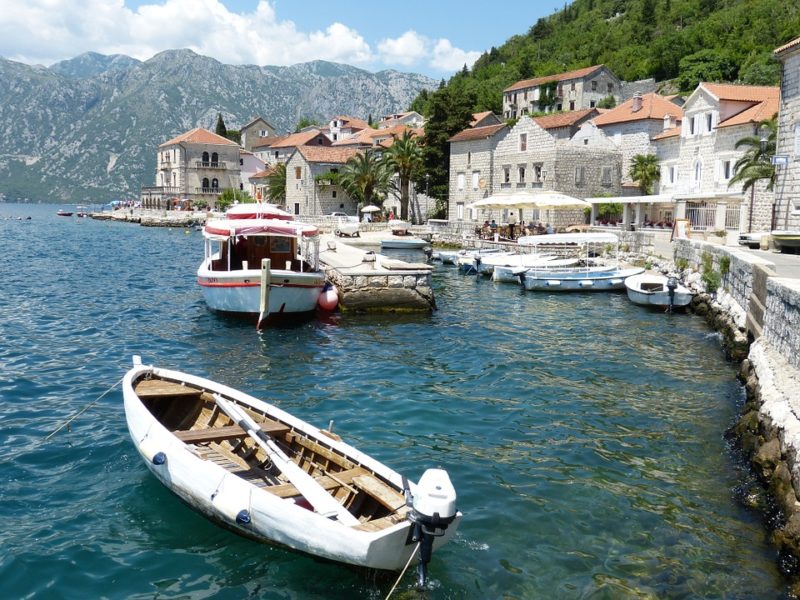
Bay of Kotor, Montenegro
With a population of just about 650,000, Montenegro gets more than twice those numbers in annual visitors. Most visitors head—by car or by boat—to the fjord-like Bay of Kotor (Boka Kotorska), the deepest bay in the Mediterranean and high on every list of the world’s most beautiful.
At the moment, there there is next to no tourism in neighboring Kosovo, and we found the people welcoming and warm. Once a province of Serbia, today it stands as Europe’s newest country (it declared its independence in 2008) after being recognized by the U.N., U.S., and other countries. Kosovo’s capital city of Pristina is the energetic hub of Europe’s youngest national population—the average age is 28—with a large bar and café scene. In a small Serbian enclave in the village of Gračanica, located just outside of Pristina, we visited an impressive fresco-illuminated 14th-century orthodox monastery, one of many important monasteries that led Kosovo to be called “Serbia’s Jerusalem.”

Skopje, Macedonia
The Republic of Macedonia also qualified as another entry on our list of Europe’s best kept secrets (not to be confused with the region of Macedonia in northern Greece with which it shares a border). In this small landlocked nation, an unbridled (and still ongoing) spending spree called “Skopje 2014” has transformed the capital city by adding faux classical facades, pedestrian bridges, monumental fountains and statues such as the gargantuan Alexander the Great that lords over the city’s central square.
The city of Skopje’s controversial facelift thankfully left its historic highlights untouched: the old quarter’s atmospheric Turkish Bazaar, an important center of trade since the 12th century; three caravanserais; ancient baths; fresco-covered orthodox churches and historic mosques; and its venerable 15th-century stone bridge.
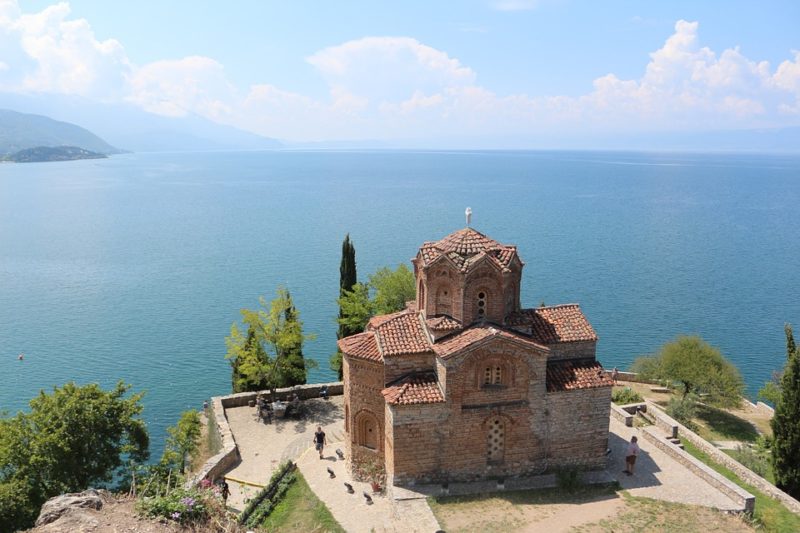
Lake Ohrid, Macedonia
We drove past some of the mountainous country’s more than 50 lakes on our way to its most legendary, the 21 mile-long Lake Ohrid, on the border with Albania. It is one of Europe’s oldest and deepest—and arguably its cleanest. The city of Ohrid’s Roman, Byzantine and Ottoman roots are visible everywhere: its religious and scholarly legacy are on display in the various churches and monasteries.
Albania was the only Balkan country we visited that was not part of the united Yugoslavia. Its 20th-century history sets it apart from the Balkan region in more ways than one. Suffocating in the iron grip of notorious dictator Enver Hoxha from 1944-1985 Albania has made a quantum leap since 1992 when elections ended 47 years of paralyzing communist rule. From being an isolated nation totally cut off from the outside world, it is today openly welcoming tourists who come to enjoy friendly people, gorgeous scenery, and low prices in one of Europe’s fastest-changing countries.
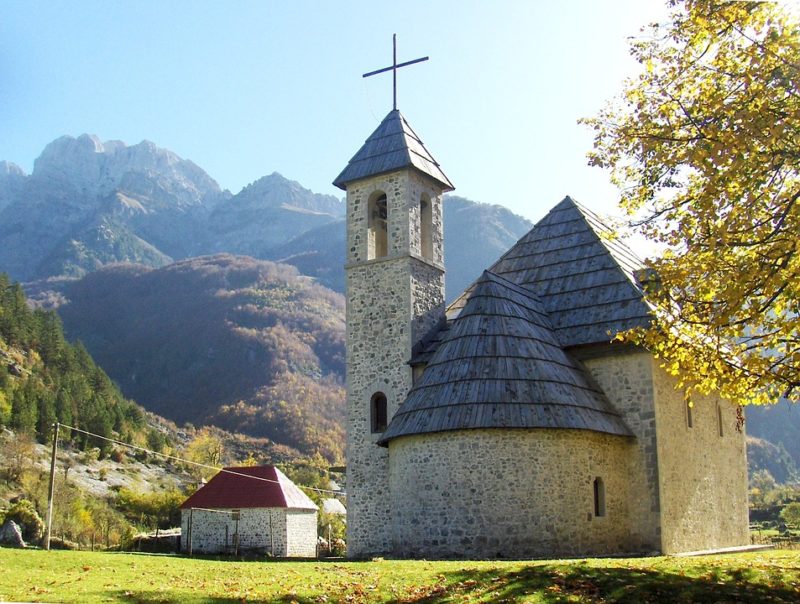
Albanian countryside
Albania’s lively capital city of Tirana is surprising for its bright and cheery colors and lively designs that camouflage its formerly dismal architecture. And—like each of its Balkan neighbors that we visited during this too-brief journey—was a revelation and a joy. And if travel is an education as they say, then this Balkan Odyssey was like a year back at school.
For more about MIR Travel Corporation, visit www.mircorp.com.
And don’t forget to check out the book!
 About the Book:
About the Book:
The world’s bestselling travel book is back in a more informative, more experiential, more budget-friendly full-color edition. A #1 New York Times bestseller, 1,000 Places reinvented the idea of travel book as both wish list and practical guide. As Newsweek wrote, it “tells you what’s beautiful, what’s fun, and what’s just unforgettable—everywhere on earth.” And now the best is better. There are 600 full-color photographs. Over 200 entirely new entries, including visits to 28 countries like Lebanon, Croatia, Estonia, and Nicaragua, that were not in the original edition. There is an emphasis on experiences: an entry covers not just Positano or Ravello, but the full 30-mile stretch along the Amalfi Coast.
Every entry from the original edition has been readdressed, rewritten, and made fuller, with more suggestions for places to stay, restaurants to visit, and festivals to check out. And throughout, the book is more budget-conscious, with starred restaurants and historic hotels such as the Ritz, but also moderately priced gems that don’t compromise on atmosphere or charm.
The world is calling. Time to answer.
Buy the Book
Amazon | B&N | Indiebound | Workman

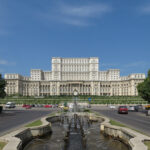

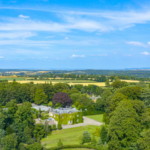
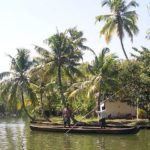
No Comments